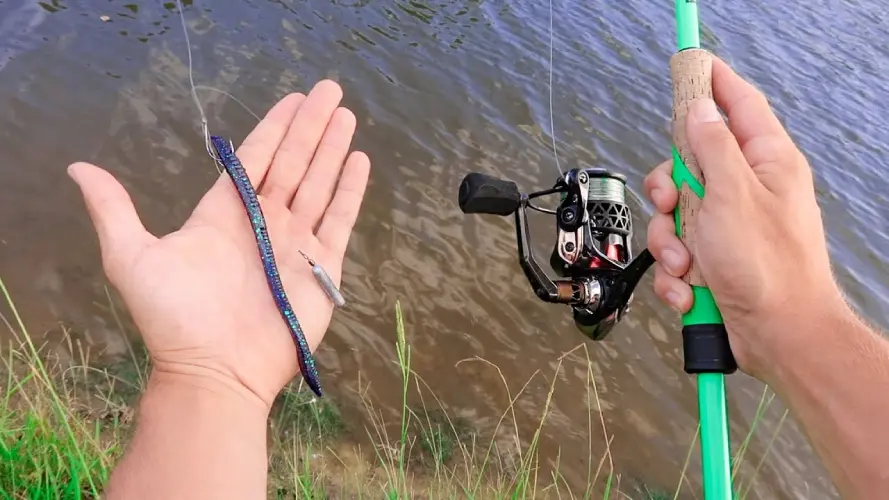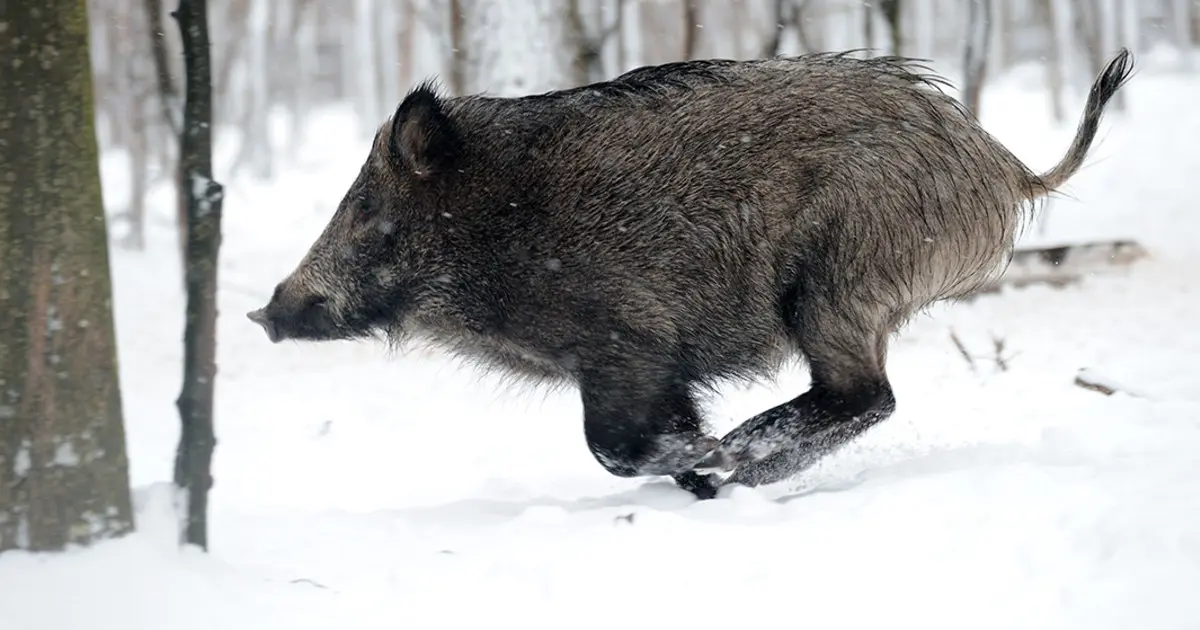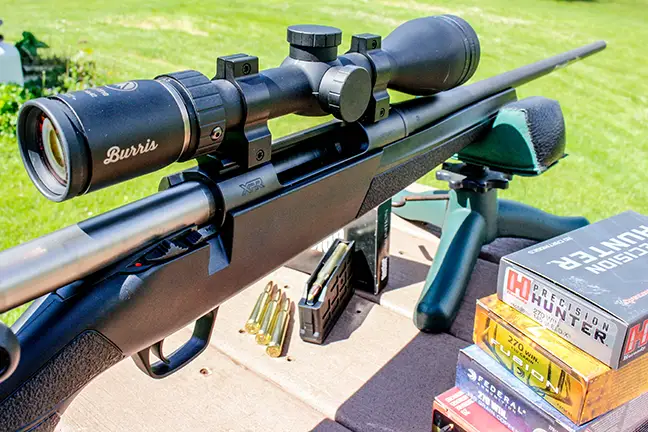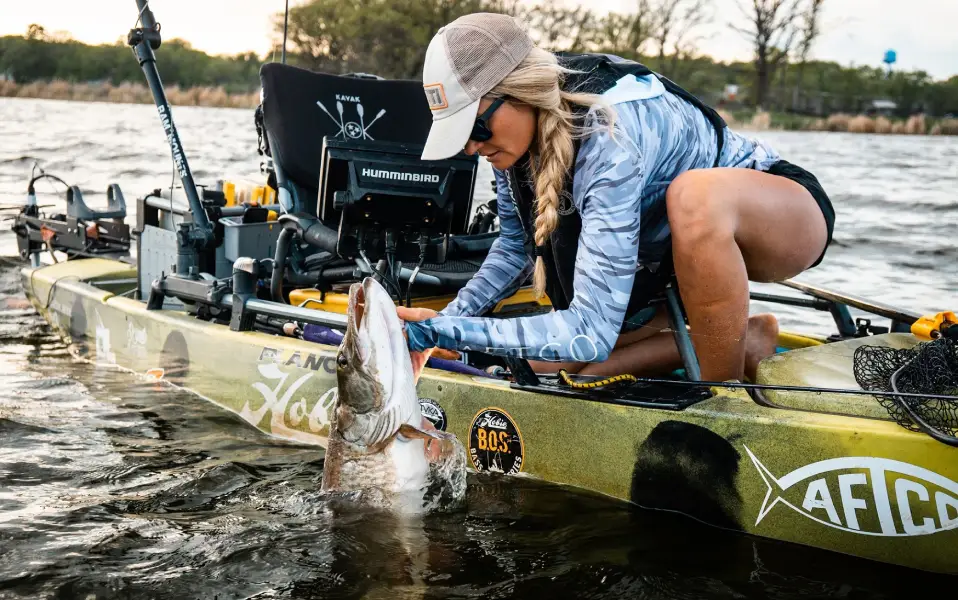Introduction : Bass fishing is a thrilling pursuit enjoyed by anglers worldwide. The elusive nature of bass and their powerful strikes make them a prized catch. To consistently land more bass, understanding various fishing techniques is essential. In this article, we will explore a range of proven techniques and strategies that can help you become a more successful bass angler. From lure selection and presentation to understanding bass behavior and habitat, we will cover everything you need to know to elevate your bass fishing game.
I. Lure Selection and Presentation : Choosing the right lure and presenting it effectively are critical aspects of bass fishing. Here are some key techniques to consider:
- Topwater Lures: Topwater lures such as buzzbaits and poppers are perfect for enticing bass to strike on the water’s surface. Experiment with different retrieves, pauses, and speeds to mimic the movement of injured prey and trigger aggressive strikes.
- Soft Plastic Baits: Soft plastic baits like worms, crawfish, and creature baits are versatile and highly effective. Rig them Texas-style or on a jighead, and vary your retrieval speed and depth to imitate natural prey. Experiment with different colors and sizes to match the bass’s preferences.
- Crankbaits: Crankbaits are excellent for covering large areas and mimicking injured baitfish. Vary the depth and speed at which you retrieve them to find the bass’s preferred strike zone. Match the color and size of the crankbait to the local forage to increase your chances of success.
II. Understanding Bass Behavior : To become a successful bass angler, it’s crucial to understand bass behavior and their preferred habitats. Consider the following techniques:
- Seasonal Patterns: Bass behavior changes with the seasons. In spring, target shallower areas near spawning beds. During summer, focus on deeper structures like drop-offs and ledges. In fall, look for bass feeding aggressively before winter. Adapt your techniques and locations accordingly to maximize your catch rate.
- Structure and Cover: Bass are opportunistic predators that seek cover and structure. They often hide around vegetation, submerged trees, docks, or rocky outcrops. Use your fishfinder or polarized sunglasses to locate these structures and cast your lure near them. Targeting these areas increases your chances of attracting a bass strike.
III. Retrieval Techniques : Mastering various retrieval techniques is vital for enticing bass to bite. Consider these techniques:
- Slow and Steady: A slow and steady retrieve works well for soft plastic baits and jigs. Keep the lure near the bottom, occasionally pausing or hopping it to imitate a slow-moving or injured prey.
- Fast and Erratic: For topwater lures or crankbaits, a fast and erratic retrieve can trigger aggressive strikes. Create a commotion on the surface or impart sudden movements to mimic fleeing baitfish.
- Jerk and Pause: When using jerkbaits or suspending lures, employ a jerk and pause technique. Give the lure a sharp jerk to imitate an injured baitfish, then pause for a few seconds before repeating the action. This imitates a wounded prey that’s easy for bass to catch.
Conclusion : Bass fishing is a sport that requires a combination of skill, knowledge, and patience. By employing the right techniques, understanding bass behavior, and mastering lure selection and presentation, you can significantly increase your success rate. Experiment with different techniques and adapt to changing conditions to become a well-rounded bass angler. Remember, practice and experience are key to consistently catching more bass.
![]()





